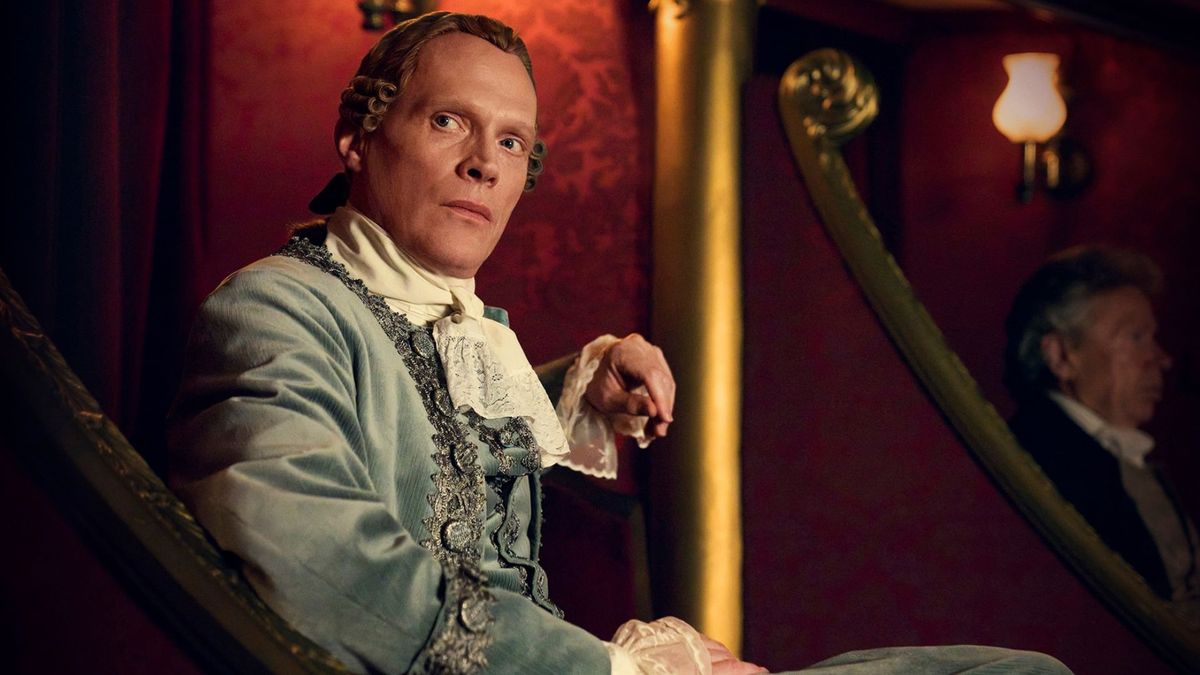The most impactful thing about the Ghorman Massacre in Andor season two is how it paints a true picture of what rebellion stood for by putting the audience in the shoes of the people assembled to defend their planet. In a grim yet hopeful episode, the Empire’s control of the narrative begins to fall apart, showcasing the brutal violence meted out by Imperial forces against those who resist Palpatine’s rule.
Series creator Tony Gilroy and star Diego Luna gave more context about expounding on a key part of Star Wars history in a recent scene breakdown video for Variety. “We knew we were going to be investing very heavily in Ghorman to build a world, a planet, a city like that, at that scale, you have to really use it. We knew that it would be a centerpiece of the show. It’s a centerpiece in canon,” Gilroy stated. “In the five years that I get to curate, it’s a critical moment in the history of the rebellion. And yet it’s very un-described. There was a mandate and a demand to do it, but there was no information about what it was, which is kind of the best thing for us.”
He continued. “The most challenging part for me was to try to calibrate the timing of everything and to try to calibrate where everybody is. When you do these kinds of scenes where you have lots of characters that you’re trying to follow, trying to follow quite a few stories there, and this is almost real time what’s happening.”
Cassian is the audience’s way in to witness how the Empire seizes a peaceful protest and incites the violence. “We knew that the massacre would be taking place in a town square,” Gilroy explained. “We also knew that we didn’t want to do anything that looked or felt like anything that we had done before. We also wanted a prosperous planet. We wanted a place that was well off, politically connected, not an easy place for the empire to take down.”
Production designer Luke Hull built a fully realized set for Palmo square, where the Ghor resisted the Empire’s presence. “It’s not even just the architecture and the construction,” Gilroy shared about his collaboration with Hull. “It’s designing a place for the story and for what the directors are going to be able to make. Without really detailed instruction or mandate, Luke Hull gives us this absolutely astonishing little stadium to play in. He fits it into the aesthetic of what we’ve already built, and the cafe, and then the brocante shops that are around it, and the hotel. Before we ever got to the writer’s room, we had a very good handle on Ghorman. The prep is three and a half, four months, and does not include the prep that Luke and I did before it even started the room. So I mean, this is a year-long project.”
Even down to the anticipated face-off between Cassian and Syril, which unpacked the personal stakes between the show’s diametrically opposed foes, Luna shared, “Just the fight with Syril was two days and a half. We worked on that fight for, I would say, months. There was many different choreographies we did before. We all agreed on one [version of the scene] that Tony was really happy about and that explained the whole story, that the fight has to tell.”
Luna continued. “The beauty of Andor is that you can get so deep that you might forget you’re in this galaxy far, far away. You are just in a place that actually exists.”
Luna touched on the cyclical nature of how history mirrors art. “That’s the strength of that episode, that it’s a massacre that feels like personal, it’s happening. You’re looking at it, and you go like, ‘Shit, those are people suffering. Those are people being hurt’ You know, that destruction is actually happening.”
Want more io9 news? Check out when to expect the latest Marvel, Star Wars, and Star Trek releases, what’s next for the DC Universe on film and TV, and everything you need to know about the future of Doctor Who.










 English (US) ·
English (US) ·